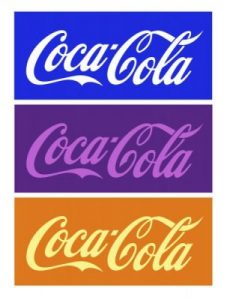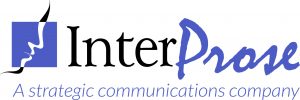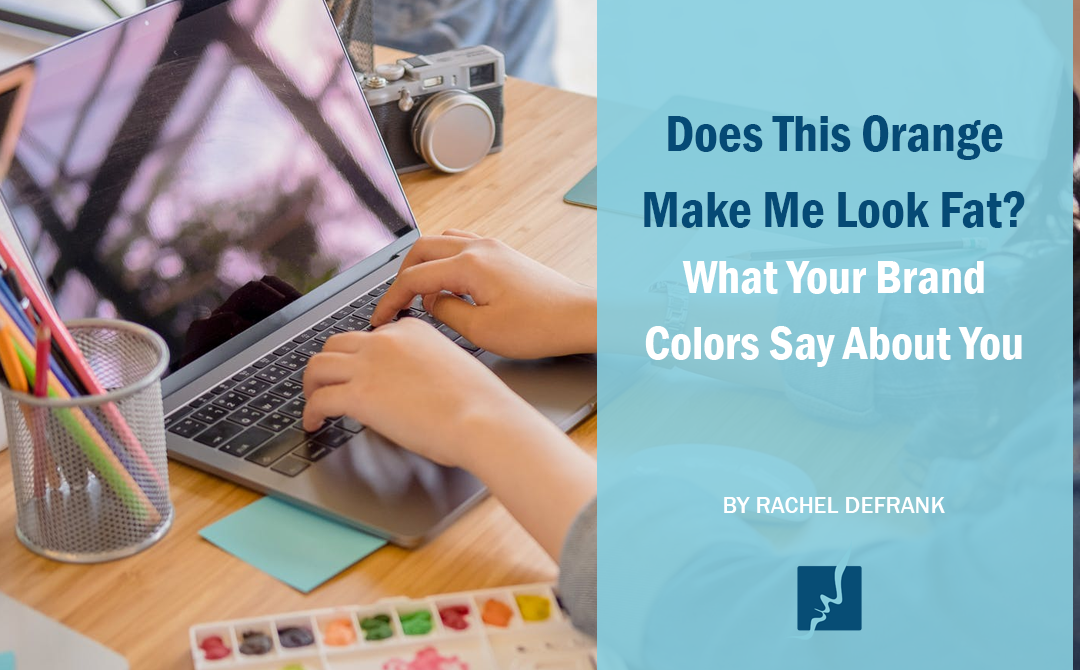 Could you imagine the Coca-Cola logo without its iconic red? How about a purple and orange Subway logo? Color theory plays such an important topic in branding and marketing, yet you may not know the specific psychology behind the colors you are drawn to.
Could you imagine the Coca-Cola logo without its iconic red? How about a purple and orange Subway logo? Color theory plays such an important topic in branding and marketing, yet you may not know the specific psychology behind the colors you are drawn to.
When creating a new logo, you come to the design table with certain goals in mind. What is often overlooked is the tremendously important role your color palette plays in your brand perception. Whether considering a rebrand or working on new marketing collateral, allow this graphic designer to briefly pull you into the world of “color psychology”.
Color psychology is the notion that certain hues influence perceptions that may not be obvious. Certain colors evoke certain emotions and create certain judgements about your branding right off the bat.
Do Colors Speak Louder Than Words?
Blue: Blue is by far one of the most common colors used in logo design, but that is no reason to shy away from it! Blue overwhelmingly creates a feeling of trust, security, and reliability. It is perceived as genuine, down-to-earth, and trustworthy, making blue a top choice for tech companies and financial institutions. Blue is a dependable friend that always stands by your side. Red: Choosing red as the main color in your palette is a bold move. Aside from the fact that it stands out against nearly every background, red means PASSION, strength, and action. While whiter tints of red (aka pinks) tend to be considered soft and feminine, and bright or dark reds are considered exciting and sometimes a little aggressive. Red is the bad boy who is a little dangerous but attracts more attention than anyone else in the room.
Red: Choosing red as the main color in your palette is a bold move. Aside from the fact that it stands out against nearly every background, red means PASSION, strength, and action. While whiter tints of red (aka pinks) tend to be considered soft and feminine, and bright or dark reds are considered exciting and sometimes a little aggressive. Red is the bad boy who is a little dangerous but attracts more attention than anyone else in the room. Yellow: Like your favorite smiley-face emoji, yellow evokes feelings of happiness, optimism, and creativity. If leaning towards yellow for the main color in your palette, remember that yellow is generally too bright on its own and will need darker accent colors or borders to make it effective for most collateral. When used correctly, yellow can make your logo stand out with the cheeriness of the sun!
Yellow: Like your favorite smiley-face emoji, yellow evokes feelings of happiness, optimism, and creativity. If leaning towards yellow for the main color in your palette, remember that yellow is generally too bright on its own and will need darker accent colors or borders to make it effective for most collateral. When used correctly, yellow can make your logo stand out with the cheeriness of the sun! Green: The connotations with green may seem the most obvious. Green hues tend to make us think of two things – nature and wealth – and are therefore used in countless food brands, investment companies, or organizations related to the environment. Even if your brand doesn’t fall into those categories, green can be an excellent choice if you want to be perceived as fresh, new, calm, or harmonious. Green is stable. Green is loyal. And green means go!
Green: The connotations with green may seem the most obvious. Green hues tend to make us think of two things – nature and wealth – and are therefore used in countless food brands, investment companies, or organizations related to the environment. Even if your brand doesn’t fall into those categories, green can be an excellent choice if you want to be perceived as fresh, new, calm, or harmonious. Green is stable. Green is loyal. And green means go! Orange: Orange is funny, and not just because nothing rhymes with orange. Orange portrays a sense of energy, fun, and enthusiasm, but orange is also used to represent a social brand… a brand that is happy, and healthy, and ready to hang out with you at a party. Orange tells you “I’m fun, I’m affordable, I’m trendy and energetic!”
Orange: Orange is funny, and not just because nothing rhymes with orange. Orange portrays a sense of energy, fun, and enthusiasm, but orange is also used to represent a social brand… a brand that is happy, and healthy, and ready to hang out with you at a party. Orange tells you “I’m fun, I’m affordable, I’m trendy and energetic!” Black/Silver: Some may consider these hues too boring to represent their brand, but that couldn’t be further from the truth. Blacks evoke a strong feeling of power, formality, and luxury that brighter colors just can’t bring across. Similarly, silver makes viewers feel like something is high-end, sophisticated, and expensive. Both of these tones are somber and serious while still being considered authoritative and elegant.
Black/Silver: Some may consider these hues too boring to represent their brand, but that couldn’t be further from the truth. Blacks evoke a strong feeling of power, formality, and luxury that brighter colors just can’t bring across. Similarly, silver makes viewers feel like something is high-end, sophisticated, and expensive. Both of these tones are somber and serious while still being considered authoritative and elegant. Multi-Colored: Most brands have one or two main colors in their logo and secondary colors to use in their collateral. Some brands, however, want to evoke a childlike sense of fun and use a rainbow of colors in their main branding. Multi-colored logos have also come to represent internet-related technology like apps, browsers, networks, or operating systems.
Multi-Colored: Most brands have one or two main colors in their logo and secondary colors to use in their collateral. Some brands, however, want to evoke a childlike sense of fun and use a rainbow of colors in their main branding. Multi-colored logos have also come to represent internet-related technology like apps, browsers, networks, or operating systems. The way our brain makes instant judgements about a brand based on its main colors is fascinating and important to consider. When designing our own logo, Interprose intentionally chose a purple hue. Purple is often associated with royalty and regalness and in branding often evokes feelings of sophistication, authenticity, and luxury. A purple palette helps convey a sense of honesty, wisdom, and quality.
The way our brain makes instant judgements about a brand based on its main colors is fascinating and important to consider. When designing our own logo, Interprose intentionally chose a purple hue. Purple is often associated with royalty and regalness and in branding often evokes feelings of sophistication, authenticity, and luxury. A purple palette helps convey a sense of honesty, wisdom, and quality.
Think about what you want your logo to say to the world upon initial glance and it may help you to narrow down your palette. And if you need professional help, well, the Interprose design team would be happy to explore rebranding with you.

